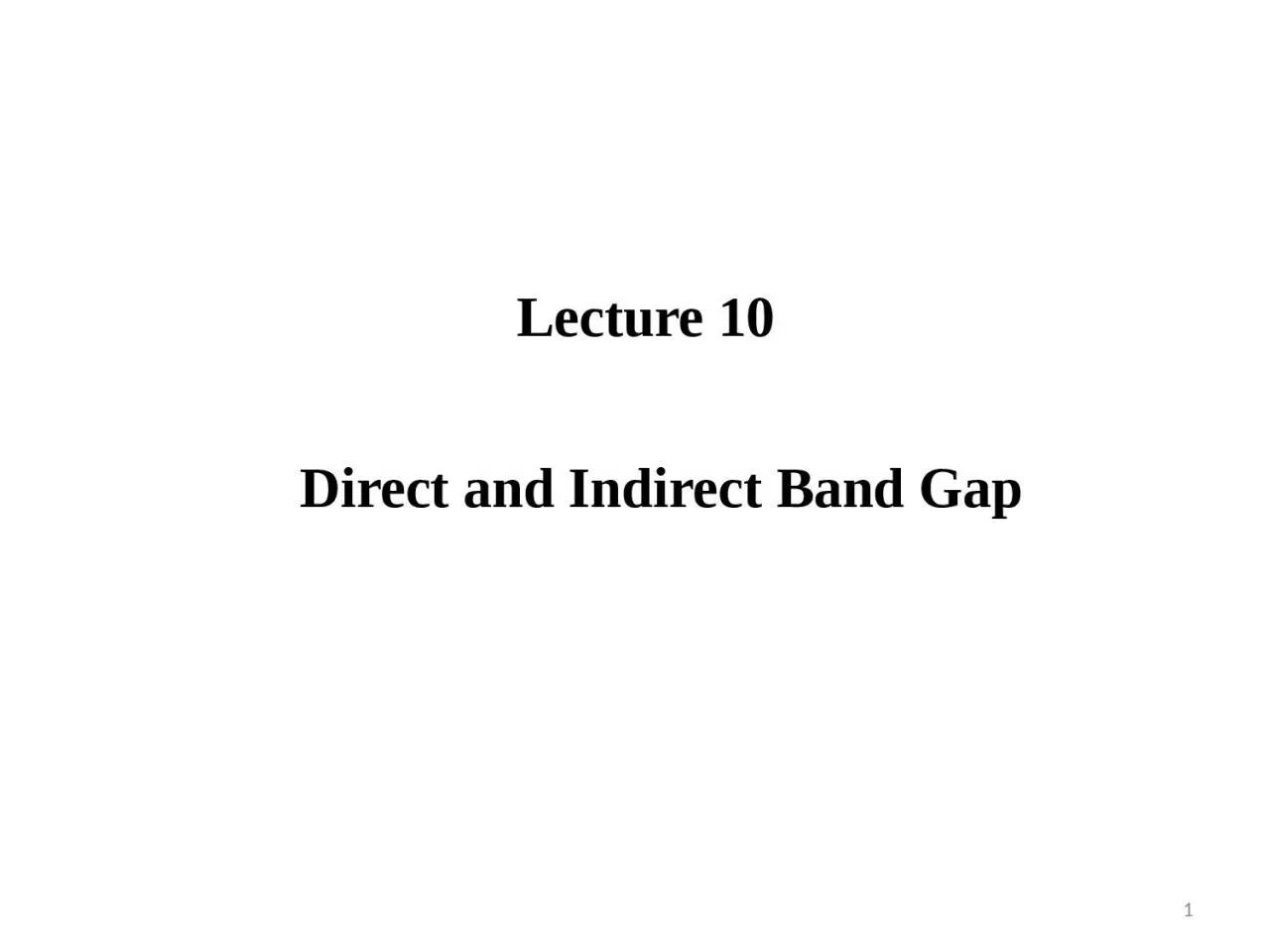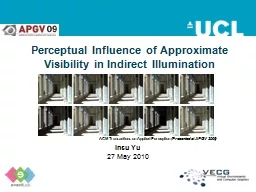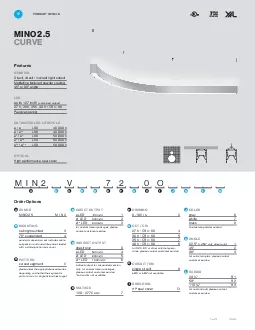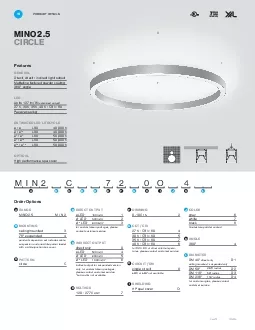PPT-Lecture 10 Direct and Indirect Band
Author : zoe | Published Date : 2023-11-11
Gap 1 Recap Most energy bands are close to parabolic at their minima for conduction band or maxima for valence band In the reciprocal space at reciprocal lattice
Presentation Embed Code
Download Presentation
Download Presentation The PPT/PDF document "Lecture 10 Direct and Indirect Band" is the property of its rightful owner. Permission is granted to download and print the materials on this website for personal, non-commercial use only, and to display it on your personal computer provided you do not modify the materials and that you retain all copyright notices contained in the materials. By downloading content from our website, you accept the terms of this agreement.
Lecture 10 Direct and Indirect Band: Transcript
Download Rules Of Document
"Lecture 10 Direct and Indirect Band"The content belongs to its owner. You may download and print it for personal use, without modification, and keep all copyright notices. By downloading, you agree to these terms.
Related Documents














